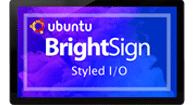We were requested to provide a prototype of 5000-nit LCD window display, and this request was rejected gracefully by our R & D team, here are the reasons & considerations.
1 . Can we reach 5 000 nits on an LCD window display?
| Item | Typical 3 000 nit window LCD | 5 000 nit LCD | What changes? |
|---|---|---|---|
| Back-light | Standard high-power LEDs | ≈1.6–2× more LEDs or higher drive current (often Mini_x001e_LED) | Power ↑ 60 – 100 % (55-65″ screen can peak at 800–1 000 W full_x001e_white) |
| Thermal design | Fans + aluminium heat-sink | Forced air tunnel,heat-pipes or liquid plate | Internal temperature easily >25 °C above ambient |
| LCD glass/panel | Regular high-Tni (≈85 °C) panel | Ultra-high-Tni (≈110 °C) panel | Pricing & yield penalty |
| Optics | Single_side AR coating | Low-iron glass + double AR + compensation film | Must keep net transmittance ≥ 92 % |
| Lifetime spec | 50 000 h @ 3 000 nit | 30 000 – 40 000 h @ 5 000 nit(faster LED ageing) | Warranty often drops from 3 year to 2 year |
| Cost index | 100 % baseline | 180 – 220 % | Mini-LED + thermal budget drive BOM sharply higher |
Commercial signage products do exist in this 5000-nit class ( Our virtual bow to big names in LCD panel industry )
The extra brightness is absolutely feasible, but every aspect—power draw, cooling, panel cost, and service life—rises in tandem.
2 . What about 10 000 nits?
Sustained full-screen 10 000 nits on LCD is still a lab-demo exercise.
Heat density would exceed 1.5 kW / m²; liquid crystal, polariser and glue layers would carbonise within minutes.
Mini-LED TVssometimes advertise 10 000 nits, but that figure is peak HDR windowbrightness, not continuous full-white.
Hisense’s 110-inch “ULED X / TriChroma” panel is a recent example (10 000-nit peak, 40 000 back-light zones).
If “real” 10 000 nits is a must, the industry shifts to direct-view LED (dvLED)cabinets. Outdoor LED tiles routinely deliver 5 000–8 000 nits and can be driven higher, but pixel pitch (≥1.5 mm) limits close-up image fidelity.
3 . Why brightness gets exponentially harder
Electrical efficiency– White LEDs convert only ~30 % of input power into light; doubling luminance ≈ doubling heat.
LCD black-zone risk– Standard panels blacken around 65 – 70 °C. High-Tni versions push that to ~110 °C but are costly and scarce.
Optical ageing– UV + high temp accelerate yellowing of light-guide plates and polariser delamination; light drop-off for a 5 000 nit unit can be 35 – 40 % in three years.
Regulatory power caps– EU Ecodesign and California Title 24 already restrict signage power; >500 W units demand auto-dimming sensors and scheduler logic.
4 . Practical recommendations for a shop-front project
| Scenario | Suggested solution | Reasoning |
|---|---|---|
| Standard street window, direct sun | 3 000–3 500 nit LCD + double-side AR glass + ambient light sensor | Readability ratio (≥8:1) is reached; higher nits give <15 % extra contrast but cost/power rise sharply. |
| Flagship/VIP storefront with extreme glare | 5 000 nit Mini-LED LCD | Budget roughly doubles; demand redundant cooling and written guarantee on light depreciation. |
| Long-distance shop sign | 3–6 mm dvLED, 5 000–8 000 nits | Pixel pitch acceptable beyond 3–4 m; easier to hit >5 000 nit continuously. |
5 . Conclusions
5 000 nits is commercially attainable, yet expect ≈2× cost plus stringent thermal engineering and shorter warranty.
Continuous 10 000 nits on LCD is not market-ready; only peak HDR or dvLED can hit that figure today.
Instead of chasing absolute nits, combine low-reflection glass, adaptive dimming, high-contrast content and nightly power-down to achieve visibility andmanageable total cost of ownership.
Finally, our existing models HB4300 HB7500 are still the most matured commercial display solutions featuring Ultra High Brightness Sunlight Readable LCD Window Displays with proven records.


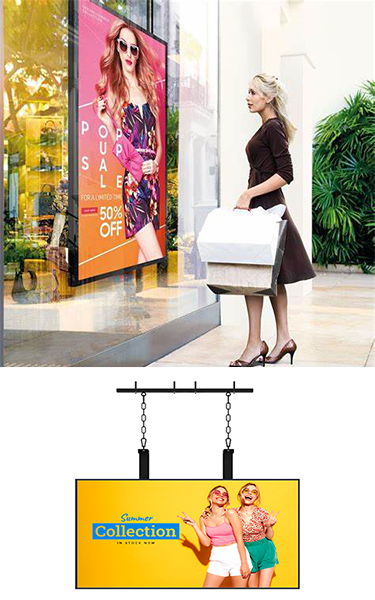
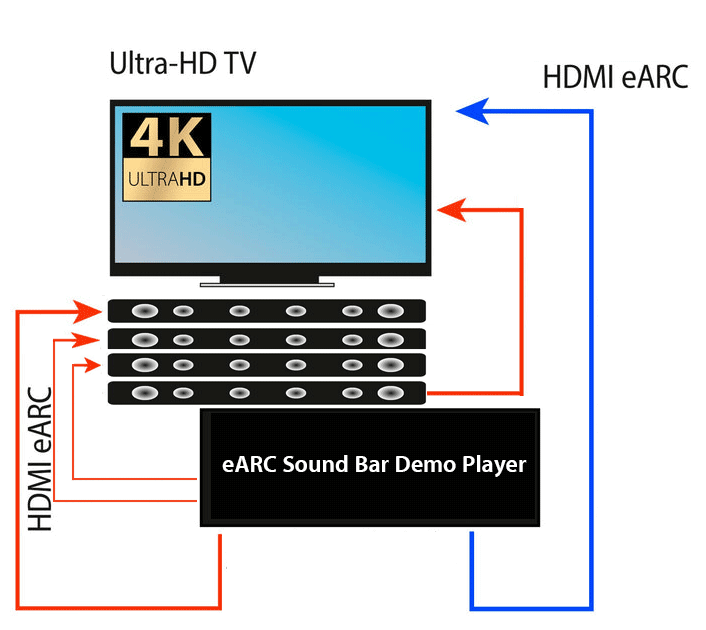
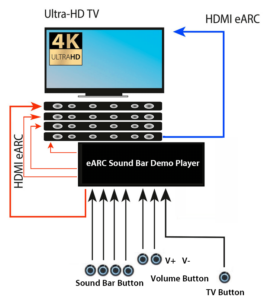
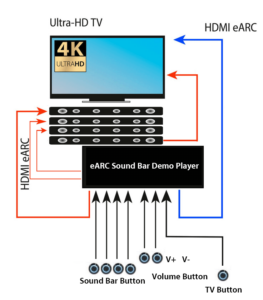
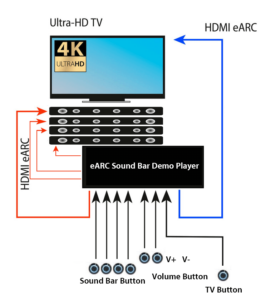
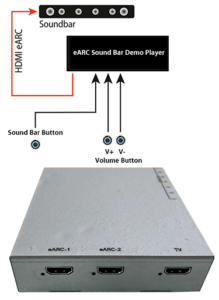
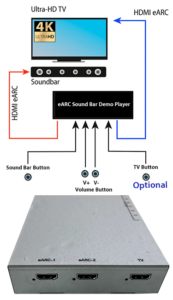
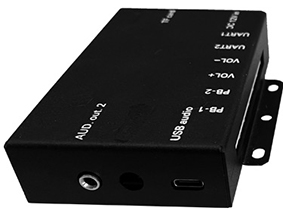
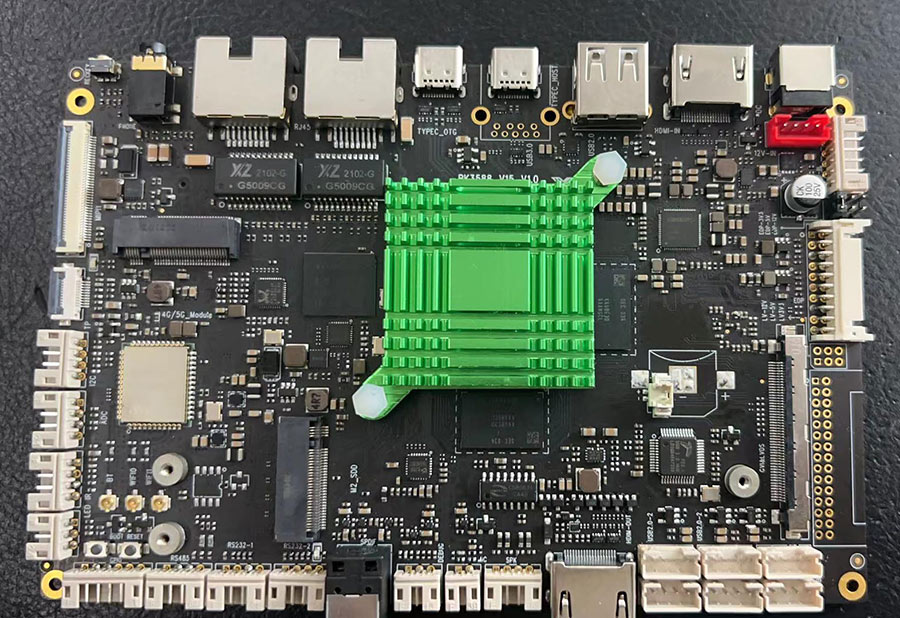
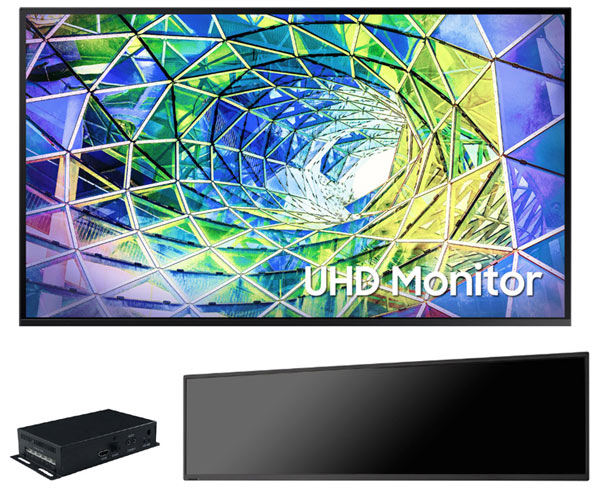
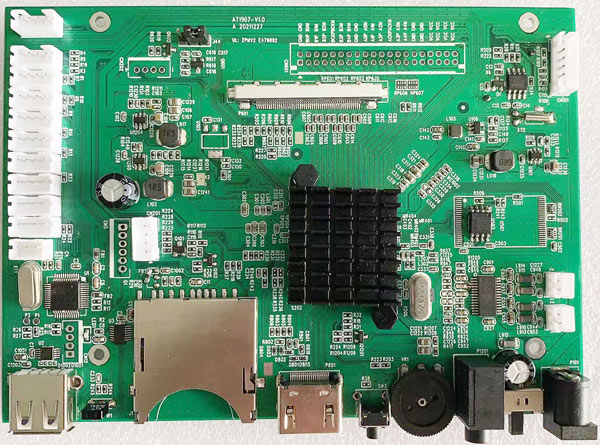
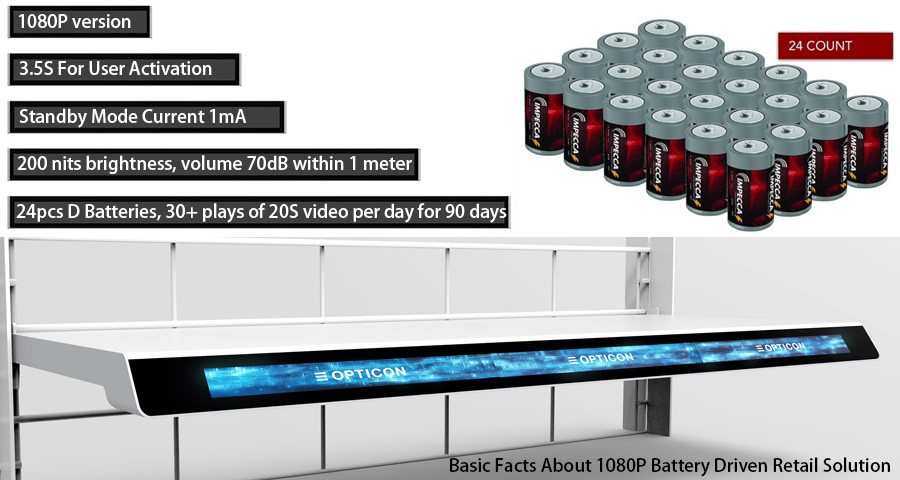
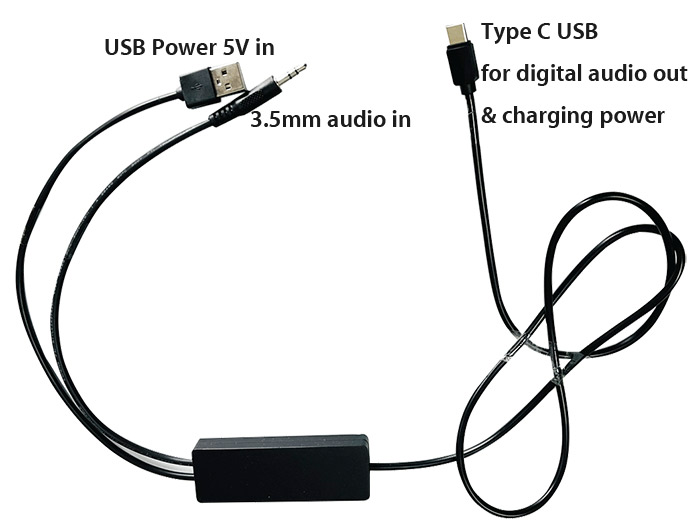
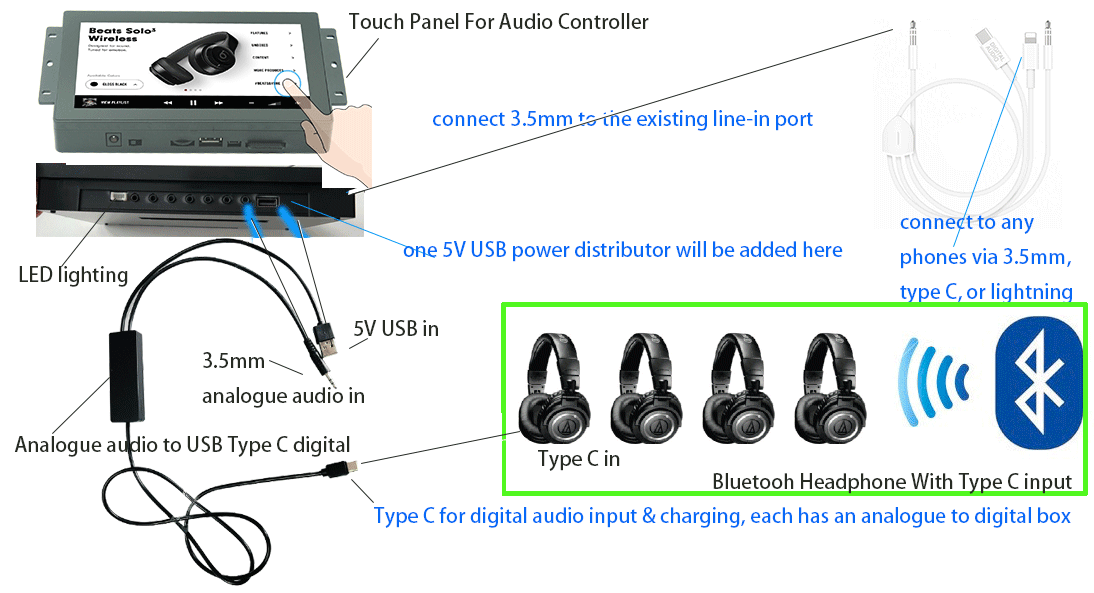
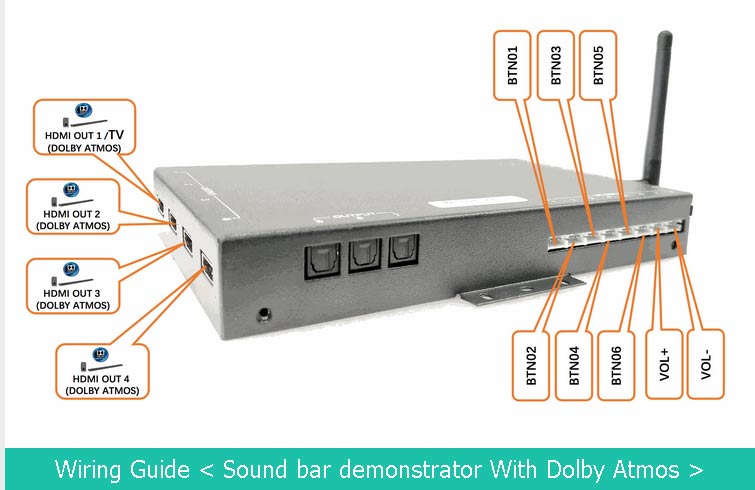
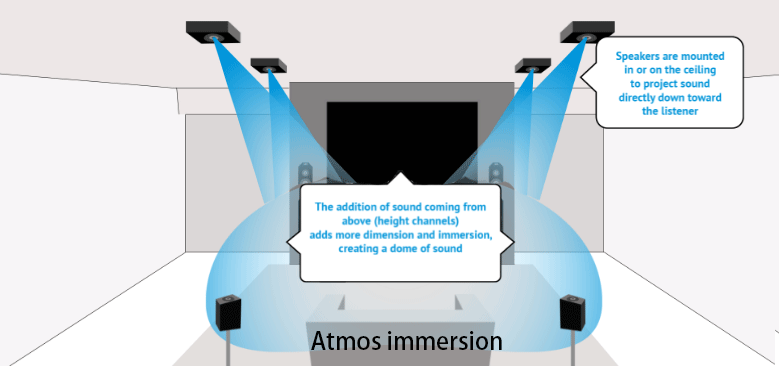
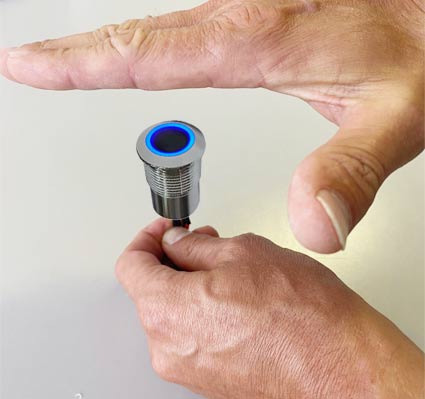
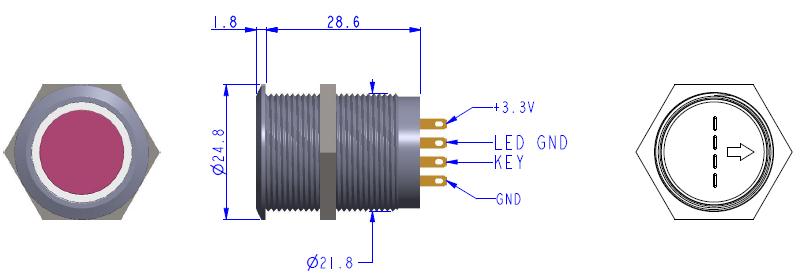
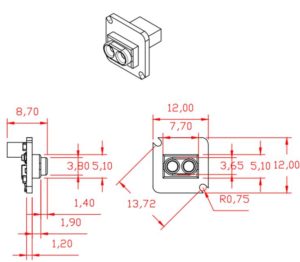
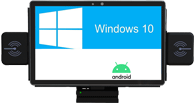
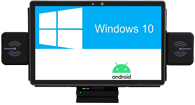 Windows Commercial Tablet With Peripheral Kit
Windows Commercial Tablet With Peripheral Kit